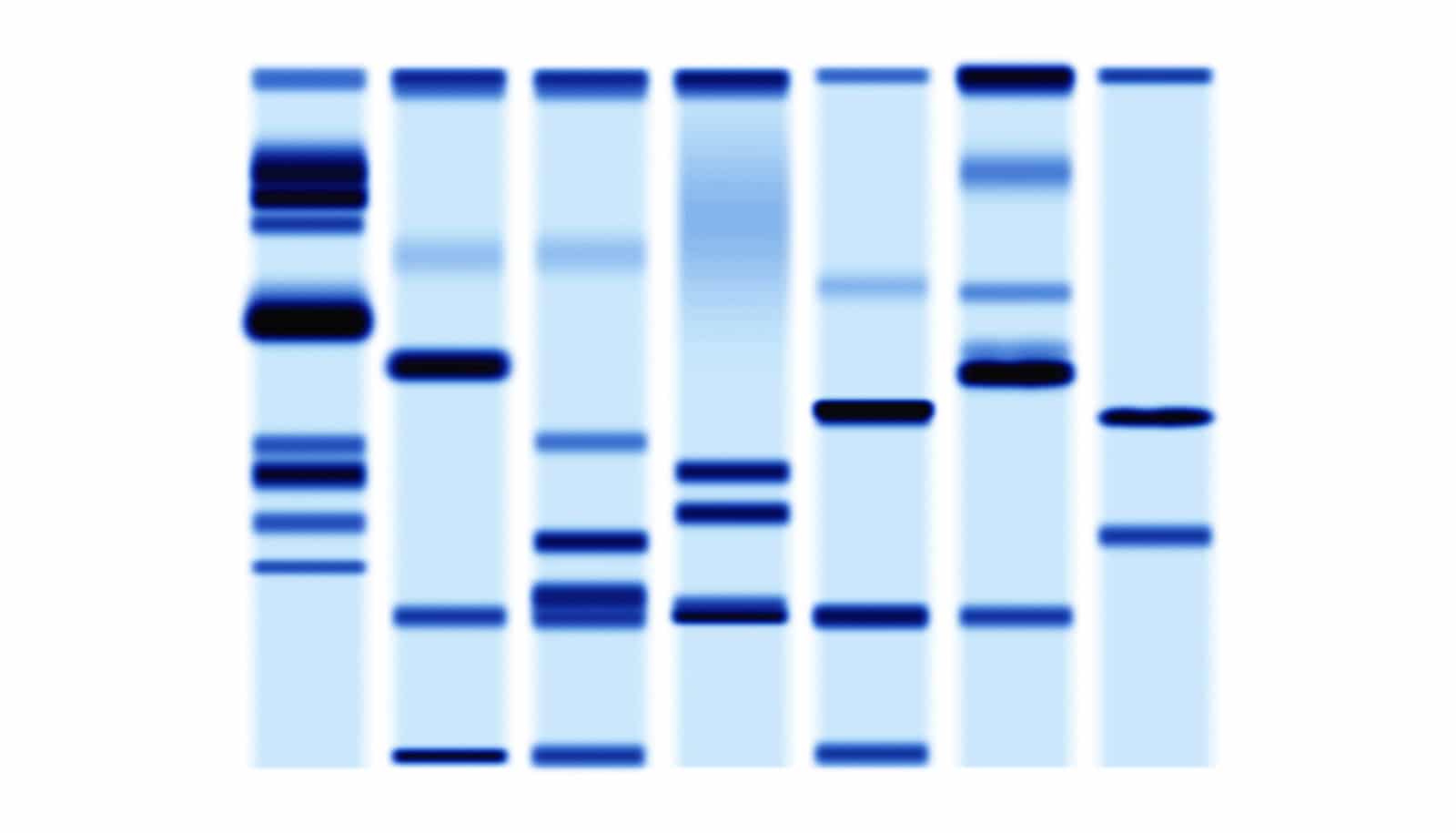An immune receptor that normally keeps the balance of the immune system in check doesn’t work properly in some people with HIV, a new study shows.
The finding could explain why so many people with HIV struggle with other health complications, including neurocognitive disorders, cardiovascular issues, diabetes, and chronic inflammation.
The SLAMF7 immune receptor normally tones down the body’s immune response when activated on certain white blood cells, called monocytes.
The researchers also found that SLAMF7 increases the level of a protein, called “CCL3L1,” which made the monocytes more resistant to HIV. CCL3L1 is known to make it harder for the HIV virus to get inside cells.
“SLAMF7 can act like a seesaw and keep the balance of the immune system in check,” says Patrick O’Connell, a fourth-year doctoral student who led the project with Yasser Aldhamen, an assistant professor of microbiology and molecular genetics in the College of Osteopathic Medicine at Michigan State University.
“When receptors need to turn immune cells on because of an infection, they bind to the cells and work with fellow receptors to activate the immune system. When signs of infection or inflammation go away, the receptors switch gears and turn off the immune response,” Aldhamen says.
Self-attack
For HIV patients, their inability to fight infections stems from chronic immune activation, which exhausts certain cells, such as T-cells, that are needed to help the body ward off diseases, O’Connell explains.
Patients with malfunctioning receptors can’t shut off their immune systems, which can put the body in a chronic pro-inflammatory state. This constant activation can negatively affect other organs and tissues.
“If you have too much activation, you see autoimmune disorders where the body attacks its own tissues and if there’s not enough activation, you see cases where the body can’t fight off infections,” O’Connell says. “HIV patients are different because they can experience both, which can lead to all sorts of health issues and make treatment difficult.”
New drug possibilities
For the study, which appears in the Journal of Immunology, researchers tested the blood of study participants, isolated their white blood cells, and stimulated them with interferon alpha, a protein that boosts the immune system’s response to infections, sometimes to an unhealthy level.
They then investigated how the SLAMF7 receptor responded, and found that it was unresponsive in certain HIV patients who struggled more with complications and often times had a worse prognosis.
Understanding the molecular mechanism of the SLAMF7 receptor and how it works could lead to new drug treatments that target immune activation. This could make SLAMF7 a functioning team player again in the immune system. Aldhamen and O’Connell will investigate this in the next phase of research.
“There’s always a need to get new drugs that can target different mechanisms related to a disease,” O’Connell says. “Most HIV drugs target the virus itself. Our work comes at it from a different angle—to potentially modify the immune system so we can fight the virus. Finding a drug that does this is our ultimate goal.”
The National Institutes of Health funded the study. Both Aldhamen and O’Connell also have filed a patent, which will cover various research strategies that activate the SLAMF7 pathway in multiple neuroinflammatory disorders.
Source: Michigan State University



